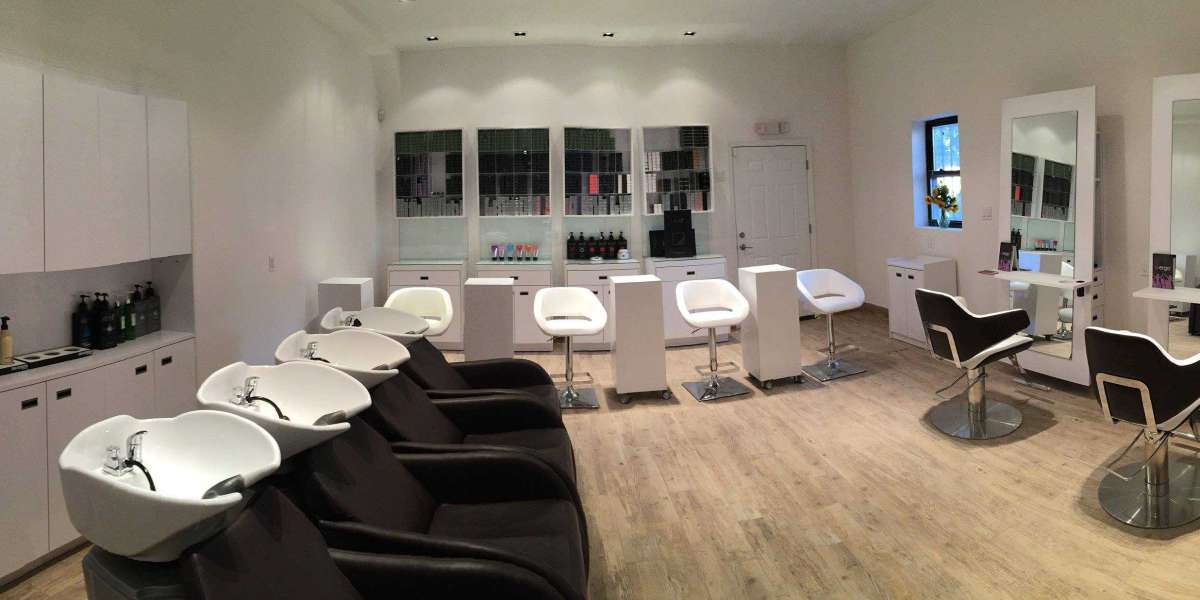In the world of construction, commercial drywall installation stands as a foundational step in creating durable and aesthetically pleasing interior spaces. Whether it's an office building, retail store, or industrial facility, the quality of drywall installation can significantly impact the overall look, functionality, and longevity of a structure. From proper planning to precise execution, let's delve into the key aspects of commercial drywall installation and how to master this essential craft.
Understanding Commercial Drywall
Before diving into the installation process, it's crucial to understand what commercial drywall is and its significance in construction. Also known as gypsum board or sheetrock, drywall is a versatile building material composed of gypsum plaster sandwiched between layers of paper. It provides a smooth, durable surface for walls and ceilings, serving as a canvas for various finishes such as paint, wallpaper, or texture.
Planning and Preparation
1. Site Assessment : Begin by assessing the project site thoroughly. Take note of any structural elements, electrical wiring, plumbing, or HVAC systems that may affect the placement of drywall panels.
2. Material Selection: Choose the appropriate type and thickness of drywall based on the project requirements, including fire resistance, moisture resistance, and sound insulation properties.
3. Tools and Equipment: Gather all the necessary tools and equipment, including drywall panels, screws, joint compound, tape measure, utility knife, screw gun, T-square, and drywall lift or stilts for ceiling installation.
4. Layout and Framing: Establish a layout plan to determine the placement of drywall panels, accounting for doorways, windows, and corners. Ensure that the framing is sturdy and properly aligned to support the weight of the drywall.
Installation Process
1. Cutting and Fitting: Measure and cut drywall panels to the required dimensions using a utility knife and T-square. Ensure precise cuts to minimize gaps and maximize efficiency.
2. Hanging Drywall: Start by hanging drywall on the ceiling before moving on to the walls. Use a drywall lift or stilts to facilitate overhead installation. Secure the panels to the framing studs using drywall screws, ensuring even spacing and proper fastening.
3. Taping and Mudding Joints: Apply drywall joint tape over the seams between panels, followed by multiple coats of joint compound (mud) to conceal the seams and create a seamless surface. Feather the edges and sand between coats for a smooth finish.
4. Finishing Touches: Once the joint compound has dried and been sanded smooth, apply primer and paint or other desired finishes to complete the installation. Pay attention to detail and ensure uniformity throughout the surface.
Quality Assurance and Safety
1. Inspection: Conduct thorough inspections throughout the installation process to identify any defects, such as cracks, bulges, or uneven surfaces. Address any issues promptly to maintain quality standards.
2. Safety Measures: Prioritize safety at all times by wearing appropriate personal protective equipment (PPE), such as gloves, safety goggles, and dust masks. Follow proper lifting techniques and ladder safety protocols to prevent accidents and injuries.
Conclusion
Commercial drywall installation requires meticulous planning, precise execution, and attention to detail to achieve professional results. By understanding the fundamentals of drywall construction, implementing proper techniques, and adhering to safety protocols, contractors and craftsmen can master this essential aspect of interior finishing. Whether it's creating a smooth canvas for paint or enhancing acoustic performance, quality drywall installation plays a critical role in shaping the functionality and aesthetics of commercial spaces. So, the next time you walk into a well-finished office building or retail store, take a moment to appreciate the craftsmanship behind the walls—it's more than just drywall; it's the foundation of great design and construction.



